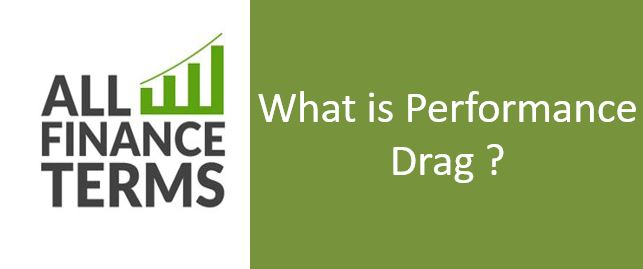Definition of Performance Drag
The adverse impact of deal expenses on the efficiency of a financial commitment.
Brief Explanation of Performance Drag
Performance Drag is normally linked to broker income, but there are many additional aspects such as moment, bid-ask propagates and other chance expenses that can cause the return of a financial commitment to lag behind the return seen in the market.
For many investors, the actual come back of a resource is considerably different than what would be identified if all deal expenses were eliminated. For example, let’s believe a trader will pay $30 in broker income (per order) to hold 100 stocks of ABC Company at an access cost of $24 per share. In this case, the trader needs the stock’s cost to increase 2.5% so that he or she can restore the income-compensated to be in the business (a $0.60 development of 100 stocks will equivalent the $60 that the trader needs to restore the income. Given the $24 inventory cost, this is equivalent to 2.5%) The 2.5% cost of the deal will cause the trader’s position to get behind the change in the cost of the resource. It relates to the way in which the efficiency of a good financial commitment is negatively impacted due to deal expenses. These can include brokers, the distinction between the cost at which the resource can be dealt, and the moment of dealings. These results in profits made on your time and money being less than what the rate of the resource would indicate.


